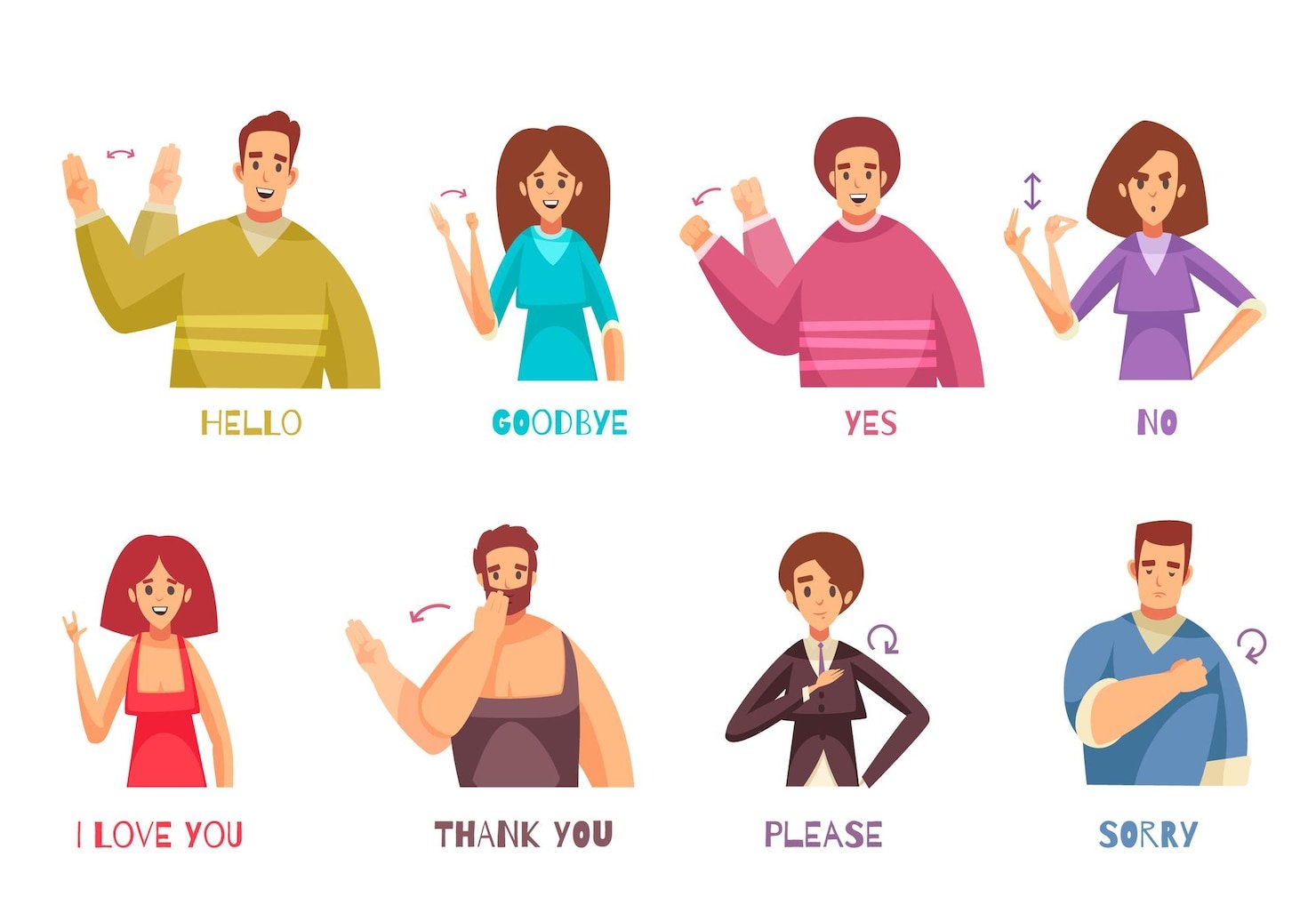International Day of Sign Language

International Day of Sign Languages is celebrated every year on September 23rd.
As we commemorate the International Sign Language Day, it is crucial to reflect on the significance of supporting language #development in children of all abilities, especially within the context of #early-childhood-education. This observance not only serves as a reminder of the importance of linguistic inclusivity but also highlights the need for a more comprehensive and diverse approach to fostering communication skills in young learners.
International Sign Language Day: A Celebration of Diversity
International Sign Language Day, observed annually on September 23rd, is a day dedicated to raising awareness about the importance of sign languages and advocating for the rights of deaf individuals. The day emphasizes the role sign languages play in the full realization of human rights for people who are deaf or hard of hearing. It also serves as a platform to celebrate the rich linguistic and cultural diversity within the deaf community.
In the #early-childhood #classroom, acknowledging and embracing this diversity is a fundamental aspect of creating an inclusive learning environment. Recognizing and celebrating International Sign Language Day can be a starting point for #educators to explore innovative ways of incorporating sign language into their teaching practices, fostering a sense of belonging for all children, regardless of their abilities.
Importance of Supporting Language Development in Early Childhood
Early childhood is a critical period for #language-development, laying the foundation for a child's future cognitive and social-emotional well-being. Language skills are not only essential for effective communication but also serve as the gateway to learning, self-expression, and building meaningful relationships. It is during this formative stage that children acquire the linguistic tools necessary for success in later academic and personal endeavors.
Inclusive Language Development: A Holistic Approach
Inclusive language development goes beyond conventional approaches, recognizing and accommodating the diverse needs and abilities of all children. For children with hearing impairments, introducing sign language can be transformative. Sign language is not only a means of communication but also a vibrant and expressive form of language that stimulates cognitive development and fosters a sense of community.
Early exposure to international sign language can be particularly beneficial for children with hearing impairments, as it provides them with a mode of communication that aligns with their natural visual strengths. However, the benefits extend beyond this specific group, as sign language can also enhance communication for children with various learning styles and abilities.
Creating an Inclusive Early Childhood Classroom
- Professional Development for Educators:
- Educators play a pivotal role in creating an inclusive environment. Offering professional development opportunities that focus on incorporating sign language into the curriculum equips teachers with the tools needed to support diverse learners effectively.
- Inclusive Curriculum Design:
- Develop an inclusive curriculum that integrates sign language as a supplementary communication tool. This not only benefits children with hearing impairments but also provides a multisensory approach that caters to different learning styles.
- Collaboration with Specialized Professionals:
- Collaborate with speech therapists, sign language interpreters, and other specialized professionals to ensure that the unique needs of children with hearing impairments are addressed effectively. This collaborative approach promotes a comprehensive and supportive learning environment.
- Parental Involvement:
- Encourage parental involvement by providing resources and information about the benefits of sign language. This helps create a bridge between the classroom and home, fostering continuity in language development.
- Promoting Inclusive Play:
- Foster inclusive play activities that incorporate sign language. This not only promotes social interaction but also reinforces the idea that communication comes in various forms, encouraging acceptance and understanding among peers.
As we celebrate #International_Sign_Language Day, let it serve as a reminder of the ongoing commitment to fostering inclusive early childhood education. The incorporation of sign language into the classroom is not merely an accommodation but a powerful tool for enriching the learning experiences of all children. By embracing linguistic diversity and supporting language development in children of all abilities, we pave the way for a more inclusive and equitable educational landscape, where every child has the opportunity to thrive.
ChildCareEd strives to support #early-childhood-educators in their work with all children and the following training courses offer strategies in helping language and communication skill development.
*Archived from H&H's Constant Contact Newsletter [9.13.2022]
- How Does the Americans with Disability Act ( ADA) apply to child care centers
- Frequently Asked Questions
- My Five Senses
- Babies and Sign Language
- Language for our Littlest Learners
- International Day of Sign Language
- Sign Language Activities
- Kinetic Sand Day & International Youth Days
- International Day of Non-Violence
- Child Care Professionals
- International Asteroid Day is almost here!
- International Asteroid Day
- The Power of International Sign Language in Early Childhood Education
- Celebrating International Women's Day
- How Baby Sign Language Can Benefit Your Classroom
- Managing Behaviors in the Early Childhood Education Classroom
- Sep 21 – International Day of Peace: Foster Harmony and Understanding in Your Classroom
- Supporting Dual Language Learners in Child Care Settings
- How to Choose the Right Child Care Training Program